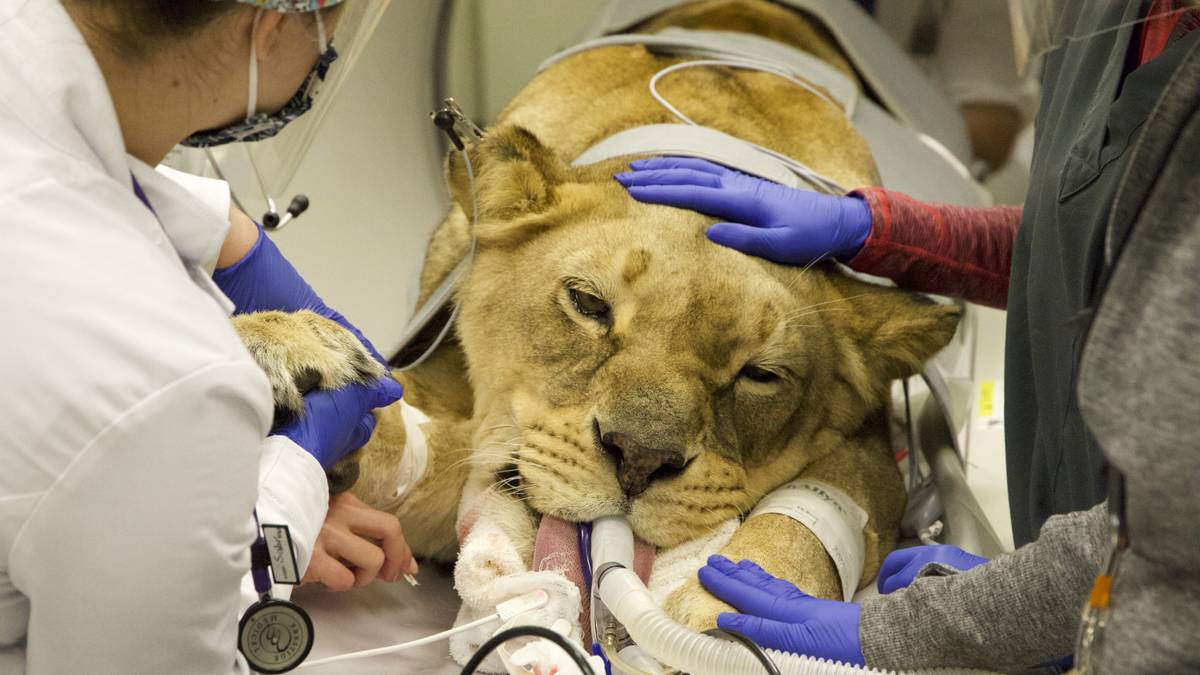The Red-crested Cardinal is easily recognized all year round thanks to its distinctive characteristics. These include its striking red crest, which provides a stunning contrast against the bird’s white and grey feathers.

The red-crested cardinal, also known as Paroaria coronata, is an alluring bird of medium size. It shares a remarkable resemblance to the Northern Cardinal, which is a popular and well-known bird species. However, despite looking alike, the red-crested cardinal is more closely related to tanagers, a family of vibrant passerine birds.

It can be tough to tell male and female red-crested cardinals apart because their feathers are pretty much the same. They both have a striking red crest and a shiny silver beak. Their backs are a dark gray color, while their tummies are snowy white. If they want to talk to a crush or warn their buddies about danger, they can move their crests up or down. This trick also comes in handy when they want to scare off any unwelcome visitors by making themselves seem bigger.

The red-crested cardinal originates from various locations in South and Central America, such as Argentina, Bolivia, Brazil, Paraguay, and Uruguay. However, it has also been introduced to Hawaii and Puerto Rico, where it has successfully established populations.

The adaptability of this feathered creature has given it the advantage of flourishing in different habitats. These include semi-open areas with trees and shrubs, as well as moist tropical regions, tropical savannas, and even degraded forests. Interestingly, it also manages to survive in areas populated by humans, such as agricultural lands, suburban neighborhoods, and urban settings.

The red-crested cardinal is a type of bird that is active during the day. They usually live with their partner or small family, but sometimes they can form bigger flocks when not breeding. During the breeding season, males tend to become territorial and may behave aggressively by chasing away any intruders. When flying, they have a unique undulating pattern, flapping their wings in short bursts as they go up and gliding with folded wings while descending.

The red-crested cardinal is known for its charming and musical tunes, which include a range of chirps and whistles. Their vocalizations are frequent and can be heard in the areas they inhabit. These captivating songs contribute to the bird’s appeal.

The red-crested cardinal has a diverse diet, as it is able to consume both insects and fruits alongside seeds. This bird hop on the ground to search for food, demonstrating its versatility in feeding methods. It also has no qualms exploring the area surrounding seed bird feeders to find sustenance.

Observing the breeding habits of the red-crested cardinal is truly captivating. These birds are known to form monogamous pairs during their breeding season, and even in captivity, they are capable of successfully breeding. The males and females engage in vocalizations and duet singing to attract each other, which is a beautiful display to witness. Additionally, they showcase courtship by strutting, fanning their tails, and clicking their bills. Nest-building is a team effort, with both parents using various plant materials to construct their nest in low shrubbery. Once the nest is built, the female lays 2-3 eggs that have greenish-white coloration with brown or mauve streaks. The female is responsible for incubating these eggs for one to twelve days, and both parents contribute to feeding the hatchlings. It takes approximately two to three weeks before the chicks fledge from the nest, but they may stay with their parents for up to a year until they find mates. In some instances, a second brood may be raised.

The red-crested cardinal is quite different from other birds that migrate long distances. It prefers to stay in warm regions throughout the year, which could be the reason behind its less mobile nature.

The red-crested cardinal falls under the “least concern” category when it comes to conservation status. It boasts a stable population due to its adaptability and large range, but still faces risks like habitat loss, bird poaching, and domestication – similar to many other avian species.

Observe the feathered creature just below:




